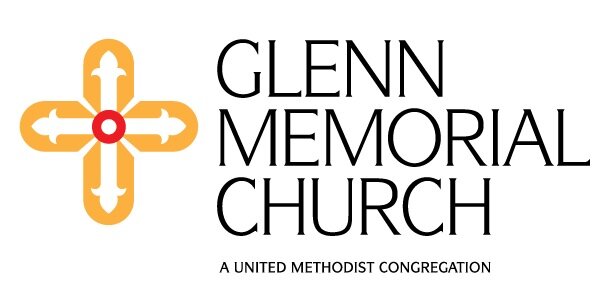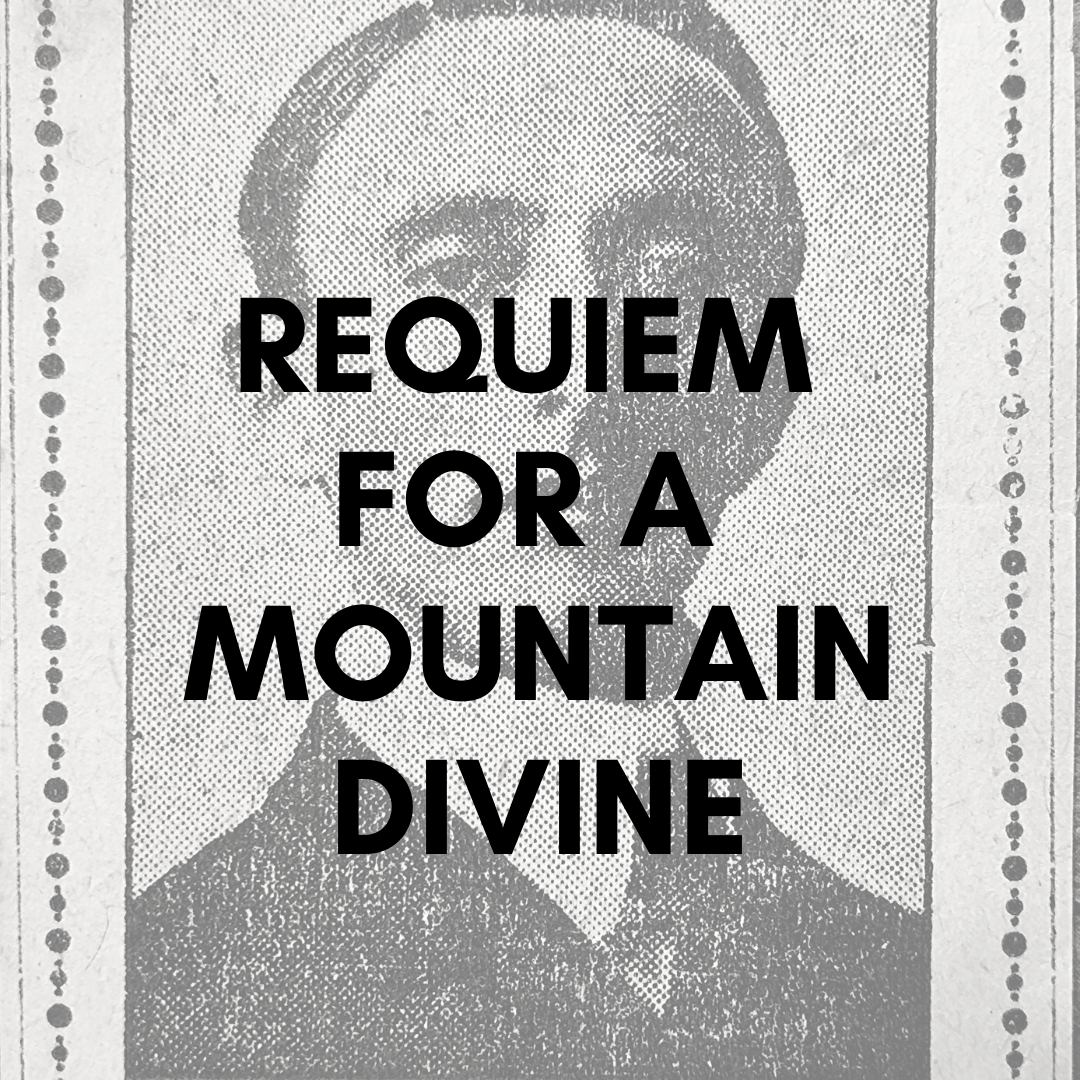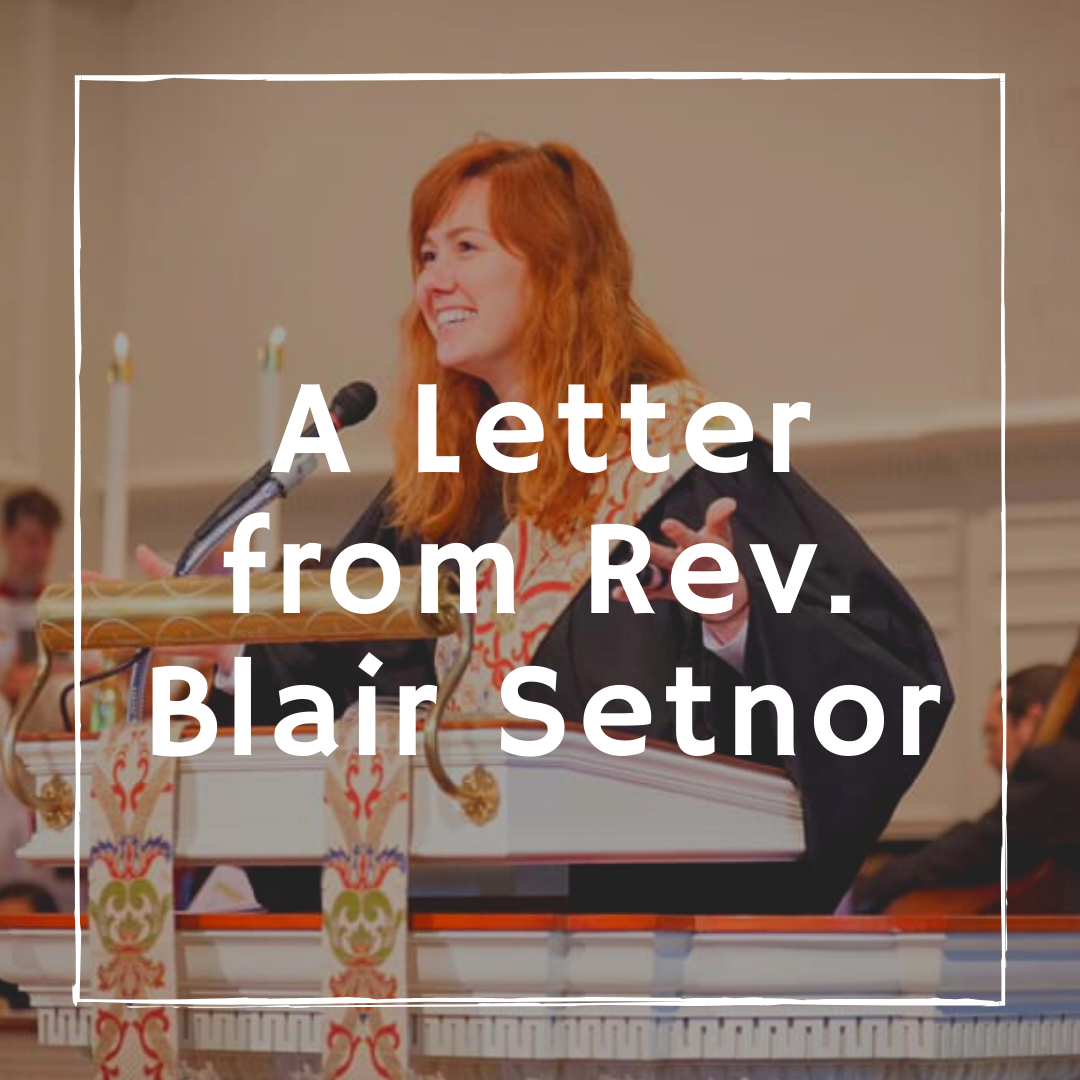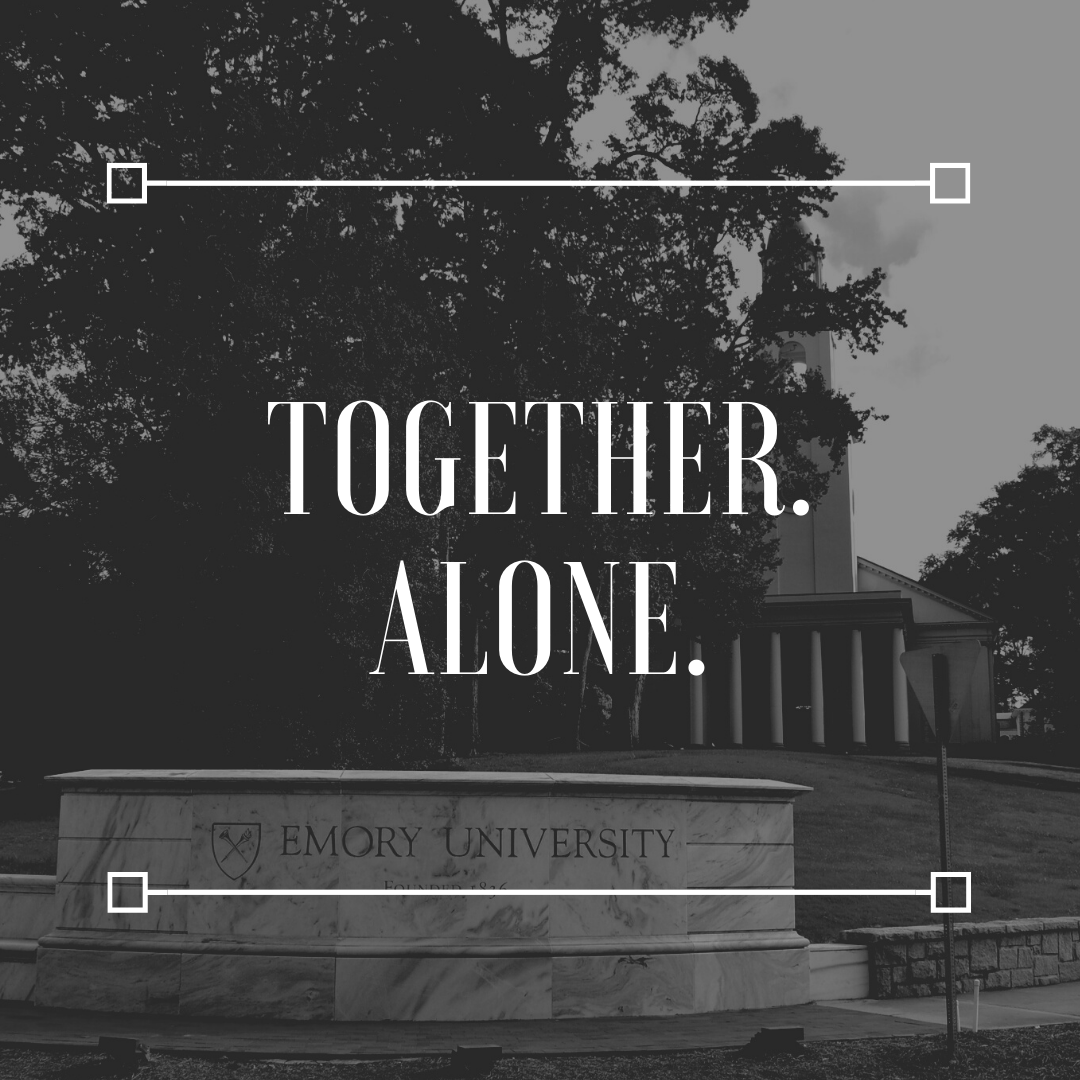The News from Doolittle Creek | 05.19.2020 22:53 | Emma Grace and the Mashed Potato Mountain | Written by Anne Lynch | First Line Written by Emma Grace Reece
Once upon a time, there was a little girl named Emma Grace, and she was so brave. She didn’t shy away from anything or anyone and took on new adventures daily. Today was no different.
Emma Grace hailed from the Glenn Memorial tribe of the “Kingdom of Unitedmethodista.” She had been marked by their holy waters at a young age and was a leader among her people. However, due to the unwelcome reign of Sir Coronavirus, which barred her from meeting her followers in person, she devised a new way of communicating with her people.
She called her plan, “Operation 6.” On the onset of shelter-in-place orders, Emma Grace established a satellite outpost. Not only is it command central, but it takes on many forms such as Velma’s ice cream stand to keep under the radar. Emma Grace can safely connect with her people and keep them guessing at the same time. Bravery and brains go hand in hand, and Emma Grace knows the perfect balance.
This afternoon, while outside inspecting green berries in her purple butterfly twirly skirt, Emma Grace got a secret message from Ariel. A mysterious woman, one that hasn’t been seen in these parts of town, delivered something to her mailbox. She was wearing a silver ring with a purple jewel, but that’s all Ariel could see. Ariel had been swimming in the pool and popped her head over the edge just as the woman was leaving and felt sad that she didn’t have any more details.
“Don’t worry, Ariel,” said Emma Grace, “I’ll check the mail. Maybe I’ll find a clue!”
And find a clue, she did. It was a AAA
magazine sent to an Anne Lynch at a P.O. Box in Decatur. The cover featured a majestic mountain made of mashed potatoes. With flights grounded across the globe, travel guides were creating new locales that wanderlust roamers could find in the comfort of their own home.
But who was Anne Lynch? Glenn Memorial folklore often spoke of a woman named Anne who counted the membership some 18 years ago. She was a writer they said and wrote the weekly bulletins announcing what songs to sing and what prayers to pray. She collected Beanie Babies that sat in rows along her bookshelves and watched her while she worked. She came from the era of Betty Jo, Amy, Lester, and Cynthia, among others. And shared the building with Queen Joan and Queen Katy, who ruled over all of the children.
Emma Grace took one look at the magazine cover, and she knew she must transform like a butterfly. She went into her headquarters and emerged in a red dress with a white collar.
“EG to the rescue!” she called out as she threw her hands into the air.
“Activate shrinkage!” she commanded.
EG, the superhero mini version of Emma Grace, scurried up the front stairs and into her kitchen. Within seconds she had created a stairway to the counter by opening drawers one at a time. Once up, she twirled over to the stove where she saw it in all of its glory.
Mashed Potato Mountain. At first glance, it looked like a huge pile of lumpy ice cream, but the scoop-shaped terrain didn’t fool EG. She was going to claim the mountain for America, and she was going to claim it today.
Step by step, EG, climbed the mountain with flag in hand. When she reached the summit, she planted the flag firmly at the peak and smiled down upon the lands below. It was a glorious day to be at the top!
Later that evening, when she had transformed back into Emma Grace, she told her mom and dad all about her adventures. About how you can touch the berries, but not eat them. About Ariel’s message and the magazine from Anne. She threw her hands up in the air and explained how she was able to shrink, but she kept one secret for herself.
“Only I know how to unshrink myself,” Emma Grace said with a smile.
In closing, Emma Grace and her counterpart EG both await new clues in her headquarters’ mailbox. She’s ready for adventure, are you?
* * *
About the Author:
Anne Lynch worked at Glenn Memorial United Methodist Church from 2002-2005 as the Membership Administrative Assistant under Betty Jo Copelan. Her favorite part of the week was collating bulletins in the library with Lillian Kelly, whose fingers moved so quickly your jaw would drop in sheer awe. During her time at Glenn, Anne became friends with Laura Reece, who would park in the Youth and Activities Building parking lot and cross through the Church School Building to get to Emory’s main campus for classes at Candler. Anne left Glenn to earn her Master of Fine Arts in Creative Writing at the California College of the Arts in San Francisco. She currently resides in Decatur, Georgia, and works at Georgia Tech. This story, inspired by Emma Grace, is a part of a larger collection called, “The News from Doolittle Creek.”








































